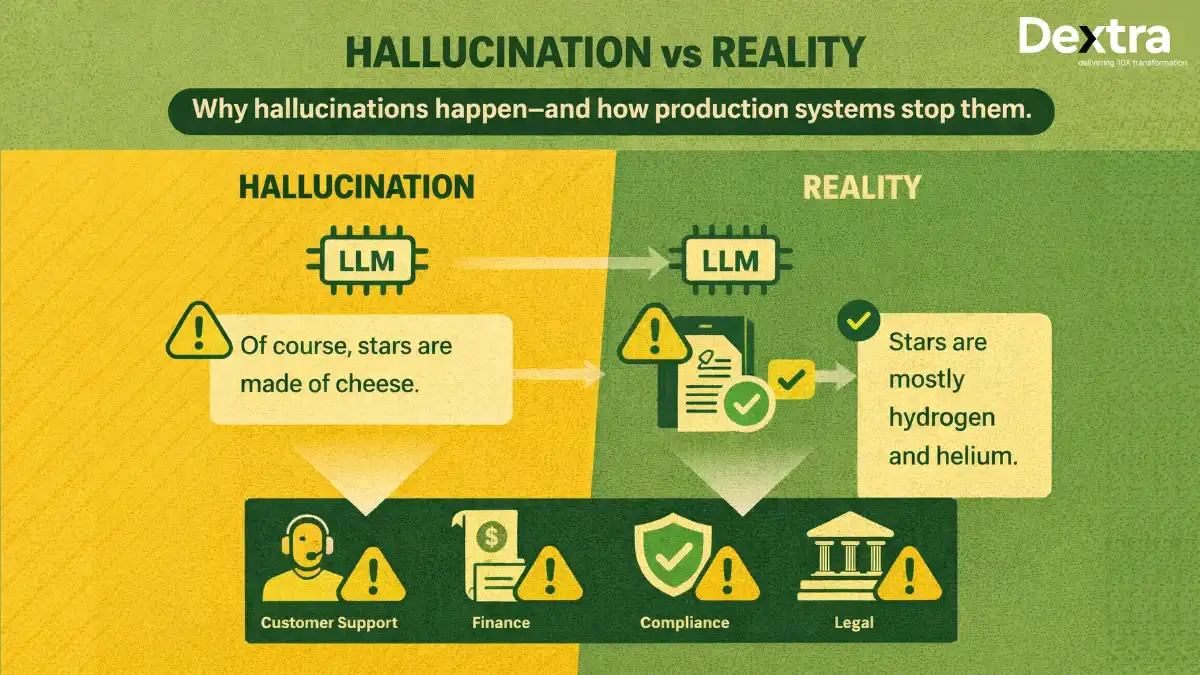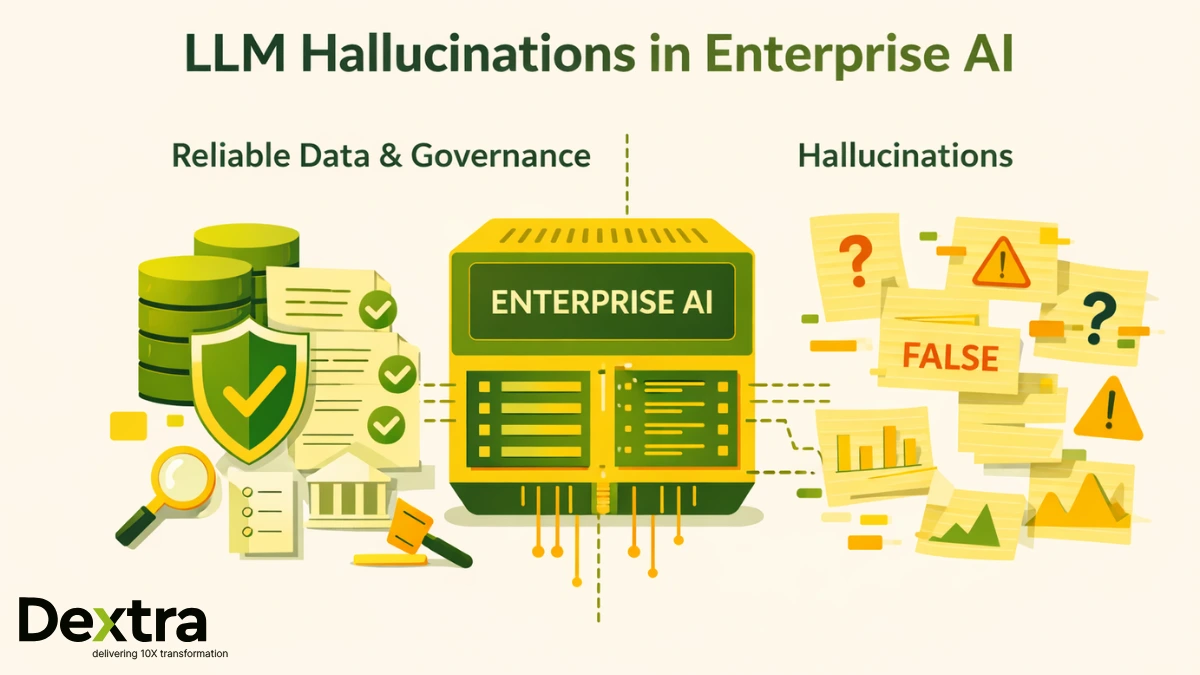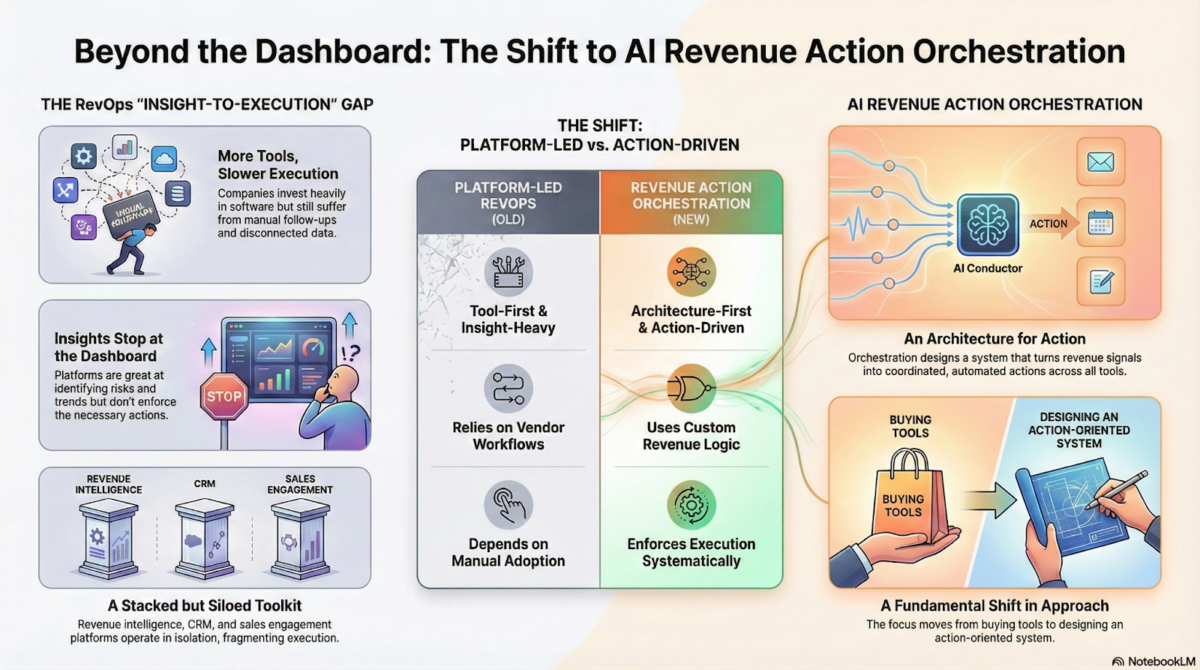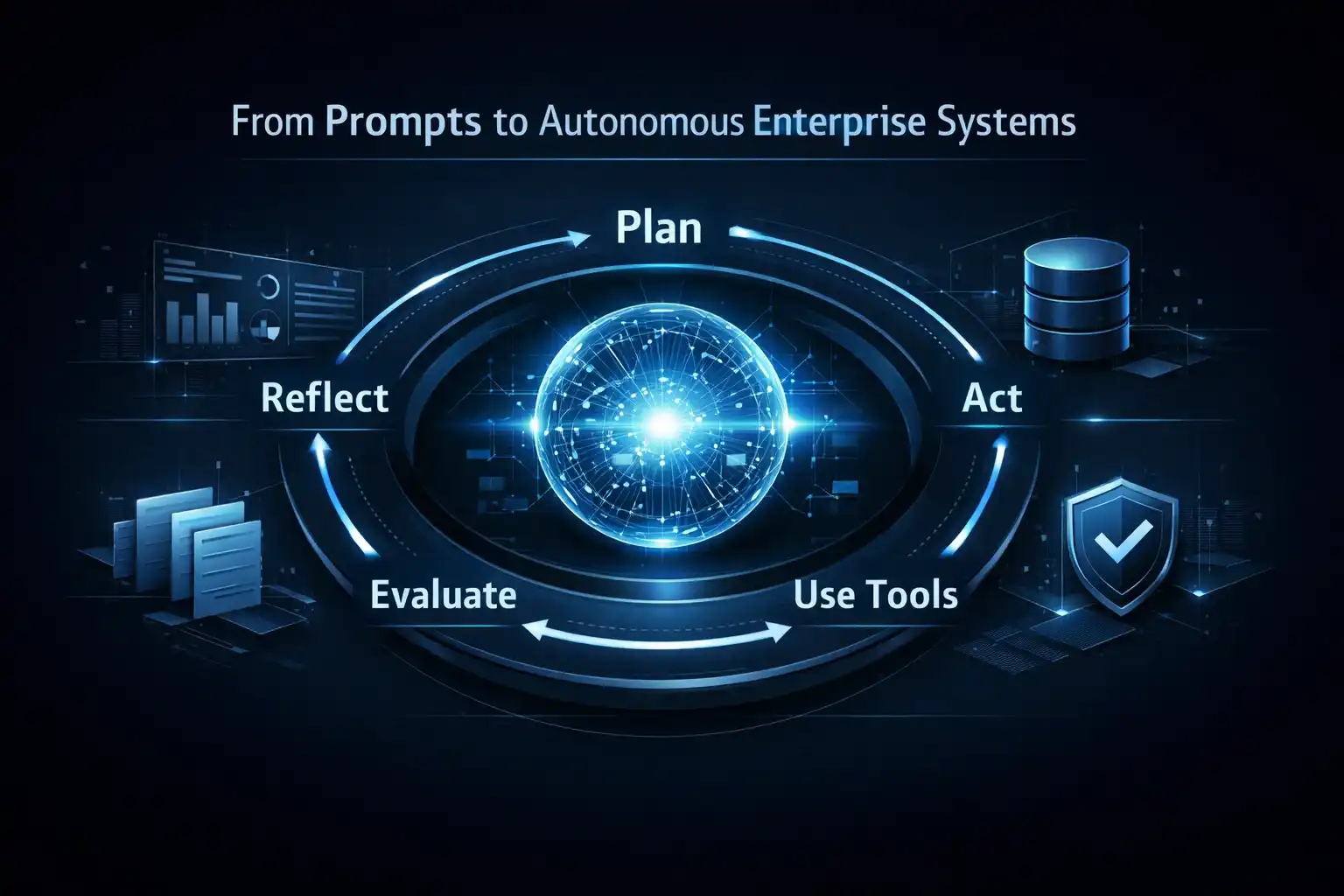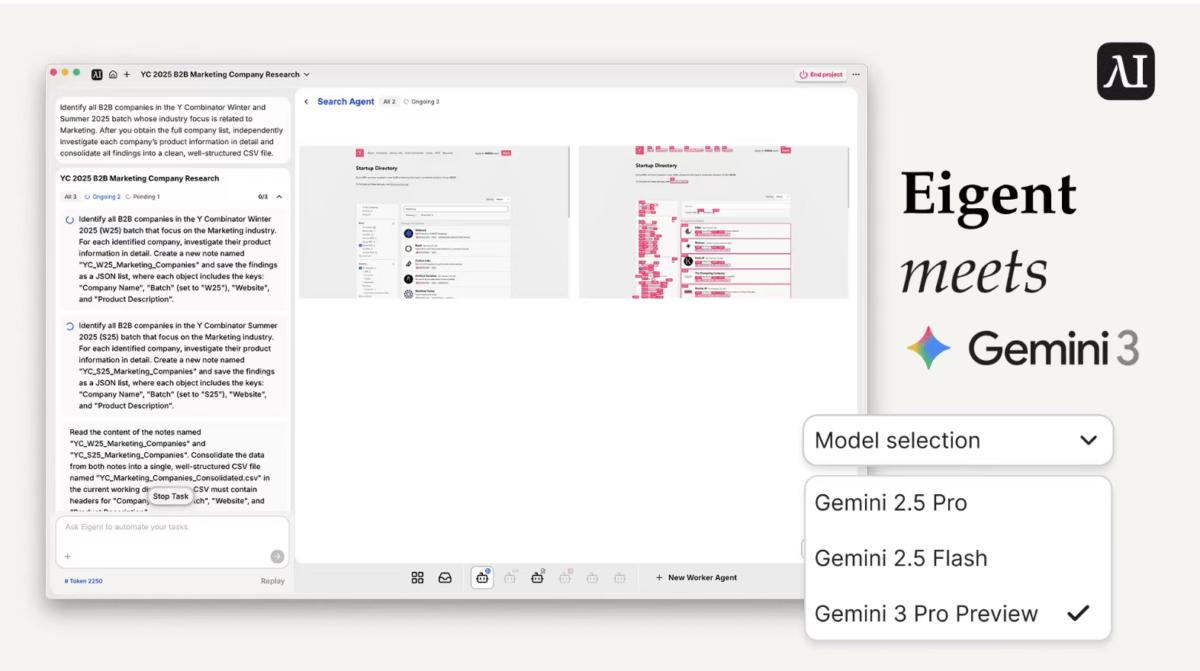In the digitally operational industrial era, the major tech and manufacturing industries install digital monitoring installations to track the team performance associated with a specific project. The quality of task performance depends on providing working segments to experienced workers, dispensing with their expertise and their job roles to perform ameliorate under pressure conditions.
Team management software can alleviate overall teamwork and enhance project efficiency in a more gripped and assistive approach. These performance monitoring tools can perform multiple tasks, such as monitoring in-line operations, resolving highlighted issues, creating the overall performance chart of the project team, and tracking time through digital tools or apps.
This guide covers crucial matters such as breaking the designed project into multiple divisions depending on the company size, resources, and the dedicated approach to completing the task within the deadline period. Moreover, it discusses the impacts of the best team management software tools on any organization and how they boost their business growth and sustainability.
Top Features in the Team Management Tools
We know that the efficiency of any business growth is measured by the business operational vision policies, how they are operated, control of the resources, tools-integrations, and disciplined checking of the above qualities by experts. Therefore, if you want to apply team management tools in your operations, you might have to look at the detailed-discussed key features in these tools according to your business requirements for perfect-matched integrations. Finally, have a look at the features list below:
-
Team Performance and Task Assignment
This is the most fundamental process of aligning the task performers with their associated tasks within the project to enhance performance capacity. The project can be divided into useful divisions to speed up the completion process, and the project parts are assigned to the teams under team leaders. The experts check the overall performance through digitally installed tools that help craft more strategic and technical policies.
-
Collaborations and Communication
Team collaboration and supportive communication channels can boost the project activities. The process of collaborating teams under one project using all resources to perform task activities depends upon the assignments being divided into experience-matched teams. Productive communication can assist in understanding the project challenges which ultimately help using all allocated resources.
-
Time Tracking Processing
Companies must always check before tool installation for performance checks whether the time-tracking apps are integrated within the tool. If they are, that can enhance project efficiency and skyrocket processing speed.
-
AI Drafting and Resource Sharing
In this era, AI is not a tool anymore; it is a teammate now. This looks funny, but AI has played a major part in revolutionizing business outputs. AI is a must-check integration in any performance-checking tool for compelling drafting, suggestions, maintaining workloads, and allocating suggested resources.
The internal sharing of resource files plays a significant role in implementing productive channels in the company. Therefore, confidential documents can be drafted and shared accurately. -
Tools Integrations
In this dynamic market-changing era, companies should go for those tools to integrate which hold the abundant tools integrations and unlimited cloud storage to help working on multiple projects in a single frame. These tools can centralise the data structure, enhance project efficiencies, build reliable resources, and share beneficial outputs to streamline all the working channels.
-
Mobile Accessibility
All the tools must be checked before final installation, and the central checking point provides mobile accessibility, which is very beneficial throughout the monitoring process. In any project, the teamwork is divided into which becomes difficult to support all the resources; that’s why the experts need mobile access to look at each department, and the resources can be shared as early as possible.
-
Customization and Automation
Every company has designed its own internal operational system, and it should check the tools offering customization facilities to support ultimate business growth. This customization and automation can help individual or group members design the interface according to their own requirements and the tool’s accessibility to perform better in all pressure conditions.
-
Scalability and Flexibility
Checking the tools and their scalability is the most crucial part of any organisation’s performance monitoring process. The tools must support scalability according to the company size, number of workers, and workloads and can be flexible according to the requirements to perform and monitor the major applications of the industries.
These are the top-checked features to adopt and support any team management tool for any organization to enhance overall business efficiency.
TOP Five Task Management Tools to Enhance Team Performance
In today’s digital growth, every company associates with team monitoring tools and integrates updated tools into its internal quality control system. The market is loaded with tools with various free and premium packages to control market demands. Subsequently, companies need only operation monitoring software that meets the operational requirements in more accurate and confidential ways.
We are removed from high-trending apps for team management and some software that provides quality services with optimized tool integrations.
1. Monday.com
In the list of top trending team management software, Monday.com is one of them. It provides quality services in organizing team roles and to-do lists, tracking team performance, aligning business organizations, reducing deficiencies, and optimizing controlling systems. It supports working with all apps and tool integrations, syncing relevant data, and extracting important data for more controlled information allocation throughout the operational channel. Monday.com also provides 24/7 customer support, and the best service is customized control for the user.
Therefore, the research teams love this tool and its forecasting outputs to control the operational environment with an easy-to-use interface and remote accessibility. Moreover, these tools can help you create multiple workspaces and segments for multiple projects to handle the bulk efficiency and keep track of each individual.
Standout Attributes
- Supports 200+ integrations
- Customization and Automation
- Multiple project and Multi team tracking
- Mobile accessibility (Android and iOS)
- Easy-to-use interface
Limitations
- Increasing premium rates
- Hard to customize
Pricing
- FREE
- Basic $9/user/mo
- Standard $12/user/mo
- Pro $19/user/mo
2. Zoho Projects (Multiple &Crucial Team Goals)
One of the most reliable and dedicated tools with the most suitable guidelines, such as surfing AI suggestions, following the internal data to the desired space, multiple workspaces, tracking time, and team monitoring accessibilities, sets this software apart from others in the rushed market.
Zoho is also known for its dedicated approach to controlling remote teams working under multiple workspaces. It allows you to track each team’s performance for each assigned task. With uninterrupted communication and collaboration, this tool works more efficiently. The task-controlling abilities can help you automate the process with automated tool integration access to work in more organized ways.
This is the most trusted software by top-quality institutes and organizations, including TATA Chemicals Limited, Stanford University, DELL, Vodafone, HDFX Securities, and many others on the list.
Standout Attributes
- Increasing Productivity
- Very Easy Customization
- Tracking remote teams for multiple projects
- Mobile support
- World’s famous companies’ ideal choice
Limitations
- Limited Resouces
- Hard to customize
Pricing
- 10 Days free trial without a Credit Card
- FREE
- Premium $4/user/mo
- Enterprise $9/user/mo
What Does the World Say About Us?
“Our presence is now completely virtual. We save a ton of money using ZOHO projects and appreciate that ZOHO continues to evolve” Dr. Steven Goodwin, Turning West
3. Teamwork (Managing Team’s performance)
This software has been profitably serving since 1999 in digital controlling and monitoring team management. Among all the software, this tool balances operational momentum and team capacities and organizes everything in one operating system to streamline scattered tasks into one unit.
Optimizing the recurring revenues from retainers and keeping records of tasks, teams, rates, and money allocated for each product into the desired budget frames.
Teamwork is also important to integrate with your system to prioritize the tasks that align with your project, reducing the time consumption on each task and division and growing the ultimate profit margin of your project’s total budget spending,
Standout Attributes
- Eliminating the chaos
- Tracking team performance project deadlines, budget allocations
- Streamlining all the project’s tasks and operations
- Mobile support
- Scalability to the large-size business
Limitations
- Limited Resouces
- High Premium rates
Pricing
- Deliver $10.99/user/mo
- Grow $19.99/user/mo
- Scale $54.99/user/mo
- Enterprise Let’s talk with the sales team
What Does the World Say About Us?
“Easy to see project’s status, set deadlines, and monitor budgets to keep us profitable.”
4. Wrike (Small and Large Scale Management)
Wrike is ranked top among the top list of team management software to track individual and collective performance checks and maintain quality control throughout the project reducing all the bugs and issues in the flow lines. This task can assist you in improving the overall outlook and controlled alignment for a crazy 360-degree project view to associate with each micro detail of the operational flows.
The premium features of these tools let you eliminate bugs and unrewarded efforts for smooth, profitable business drives. They also show you individual and group performance charts to stay alert to the team’s performance and make forecasting strategies and operational policies.
Teamwork is also important to integrate with your system to prioritize the tasks that align with your project, reducing the time consumption on each task and division and growing the ultimate profit margin of your project’s total budget spending,
Standout Attributes
- You can view everyone’s performance chart and collective charts
- The most updated AI integrations and Automation
- Customized operational dashboard and premium designed dashboard
- Proofing
- Easy allocation of resources and documents throughout the channels
Limitations
- Hard to design the dashboard and automation process
- High Premiium rates
Pricing
- FREE $0/user/mo
- Team $9.80/user/mo
- Business $24.80/user/mo
- Enterprise Let’s talk with the sales team
5. SmartTask (Multiple teams and Multiple Projects)
The most useful and impactful app for team management and software is SmartTask. The app’s name clearly indicates its intent to provide quality and tricky services for smart and quick decisions. You can have a rewardful experience with all the integrated tools and apps in one place for smoother operational control under single management.
You can experience the versatility of this tool with all necessary integrations and control over the company resources, including project management, marketing affairs, enhancing sales programs, monitoring product teams, and HR processes.
Standout Attributes
- Streamlining the communication channel
- Intuitive dashboard and UX designs
- Tracking multiple projects under a single control
- Allocation of all resources in one place
- Multiple templates to design according to your requirements
Limitations
- Basic UI/UX
- Low integrations than competitors
Pricing
- FREE Forever
- Premium $7.99/user/mo
- Business $10.99/user/mo
- Enterprise Let’s talk with the sales team
Frequently Asked Questions
Here are the most frequently asked online questions (Google and other platforms).
Q. How does team management software work?
This team management software helps assign tasks to dedicated teams, highlight performance issues in line, allocate resources, build a collaborative team environment, and many other factors useful in completing any project.
Q. How are these tools beneficial for remote teams?
These performance monitoring tools are beneficial if you adopt the best tool to check team performance and task assignments. You can be clear about your requirements, improve communication channels and task assignments with deadlines, create collaborative control with dual support, and share documents in a confidential control.
Q. How to manage multiple remote teams?
The best-controlled ways to manage multiple teams for multiple products are setting proper KPIs, project understandings, control over monitoring, strong collaboration and communication, and regular updates. By following these major terms, anyone can handle multiple teams for multiple projects under one control by using the right team management tool.
Closing Words
Ultimately, we can summarise our detailed guide by concluding that every organization with team management tools integrations can stay ahead of its competitors by leveraging its internal control system, updating the tasks list, and allocating to the dedicated teams. Therefore, building a prolific team management control can lead to new ways of meeting the market demands by associating the task performance team and quality control teams; this collaboration can benefit in speeding up the overall capacity.


